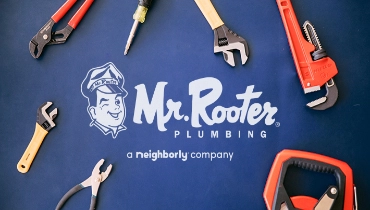Houston homeowners know that sooner or later you are going to have to deal with a clogged drain.
Learn moreOur Houston Plumbing Blog
Shared Resources for Your Home Needs
All Blogs
The hot summer weather is here, along with a plethora of delicious fresh produce.
Learn moreWhen it comes to proper home plumbing maintenance, there are many tasks you can undertake yourself to prevent more severe issues from occurring.
Learn moreBy now, Houston residents are beginning to experience the warmer weather late spring and early summer brings to the metro area.
Learn moreIf you have an older building for your business or home in Houston, TX, you may have galvanized plumbing pipes.
Learn moreIf you are a renter, you probably appreciate that the landlord shoulders most of the burden of home maintenance.
Learn moreBlog Categories
Let Us Call You
Blog Categories
About Mr. Rooter Plumbing

Since the original Mr. Rooter was founded in 1970, the company has remained committed to a set of core values that are rooted in performing quality work at honest prices. Nearly half a century later, the original Mr. Rooter business is still servicing homes and businesses in and around Oklahoma City. It’s still independently owned and operated with strong ties to the community that made it all possible.
